In terms of transport policy, Wales is well ahead of the rest of the UK.
Guided partly by a progressive Wellbeing Act, designed to ensure that future government policies take into account the impact of transport on future generations, there is a universal 20mph speed limit in urban areas which has already been shown to have saved lives.
In terms of transport policy, Wales is well ahead of the rest of the UK.
Guided partly by a progressive Wellbeing Act, designed to ensure that future government policies take into account the impact of transport on future generations, there is a universal 20mph speed limit in urban areas which has already been shown to have saved lives.
And when there were proposals from the Westminster government to widen the M4 through South Wales, the Welsh government rejected them in favour of proposals to improve local public transport (both bus and rail), drawn up by a commission chaired by the former leading civil servant, Lord Burns (RAIL 919).
Now, thanks to a campaign which started way back in 1936, South Wales is benefiting from a project that will revolutionise transport in the area around Cardiff - and in its wake greatly improve the economy of a part of the UK where average incomes are far lower than the UK average.
This is the South Wales Metro, a largely rail-based project that will bring new life to large parts of the country in the Cardiff travel to work area.
Investment of £1 billion is committed, with more to follow. Already a stock of new tram-trains have arrived in Wales, and they are gradually being introduced on the series of lines running down from the old coal mining valleys into Cardiff.
While he will hate me for saying this, none of this would have happened without the campaigning of Mark Barry - a local businessman who had no experience of either campaigning or transport planning when he started pushing for the scheme in 2010, by picking up on a concept first set out in 1936 by Cardiff University professor Hilary Adair Marquand, who argued that South Wales should prepare for the time when coal would no longer be the mainstay of the economy.
In particular, Marquand suggested (with remarkable prescience) that there should be “a more rapid movement of population up and down the valleys” in order to ensure that the local inhabitants did not suffer from “economic isolation”.
Marquand’s report, however, was largely forgotten - even when the coal mines, for more than a century the lifeline of the local economy, closed in the aftermath of the 1984 miners’ strike.
Barry, a man of terrific energy, political nous and (importantly) considerable charm, was the founder of a successful biotech business. But he had become frustrated at the poor transport links in and around the Welsh capital.
He picked up on the ideas put forward by Marquand, and with the support of a local business group he produced a report, A Metro for Wales’ Capital City Region - Connecting Cardiff, Newport and the Valleys, published in 2011.
It was ambitious, but that was deliberate. There was no point thinking small, according to Barry. The plan needed to be inspiring and presented as a gamechanger.
Barry then spent the following four years persuading the Welsh government to take it on board, while also pressing strongly and largely successfully to ensure that the Great Western electrification programme reached Cardiff (although he failed to persuade the government to include Swansea).
It was a constant round of lobbying, meetings and press briefings. And it was not just Barry, as he gathered around him a group of supporters. But there is no doubt that without his persistence and (crucially) vision, nothing would have happened.
In an interview on my Calling All Stations podcast (episode 3/13), Barry explained how he achieved this: “I did not know anything about transport, but I set out a vision. It was big picture. It had blurry edges, not focusing on specific schemes but showing the overall benefits to the economy.”
That, he says, was key, so that it did not get held up by people batting for particular improvements, but rather showing the benefits in terms of more jobs, decarbonisation, transit-oriented developments, and so on.
Secondly, he became a one-man band for the vision: “I went to every chief executive in South Wales, every leader. I went to conferences. I wrote to the media, trade press, local media. I talked to people every day about this project, for years.”
Barry got everyone locally to say they wanted a metro, although no one could say precisely what it was. And the result is remarkable. Within a decade of putting forward the idea, the trains have arrived, 40 stations are being improved, and services are beginning to operate.
The South Wales Metro has become a reality in a remarkably short period of time, despite COVID, the need to transfer the ownership of the lines, and the complexity of having many cooks - numerous local authorities, Transport for Wales, both Welsh and UK governments, the Department for Transport, etc.
The core of the scheme is rehabilitation of the Cardiff Valley Lines. These are the surviving routes from the valleys north of Cardiff down into the capital, which either escaped the Beeching axe (many didn’t) or were reopened recently for passenger use.
This suburban and regional network, encompassing 81 stations, will benefit from 36 tram-trains which will eventually (it is hoped) run on new sections of tramway. But there are also improvements to heavy rail, buses, cycling and walking.
Barry points out that despite all this investment, there are compromises in terms of track singling, a relatively sparse service on parts of the network, and partial (rather than full) electrification - which means some trains require batteries to be installed and are tri-mode.
Therefore, delighted as he is that the whole project is coming on stream over the next year, and that the service will be immeasurably improved, he is still not satisfied. He probably never will be, which is what makes him such a fantastic campaigner.
It is not enough just to have these lines running nice tram-trains, he says. They need a regular 15-minute interval service, so that people just turn up and go without bothering with a timetable. Some will have that from the start; others will not.
He wants to see various extensions to provide a service available to far more people. And, most of all, he wants to see continuous improvements to show that a comprehensive integrated transport scheme is possible in relatively small conurbations.
He points to how expectations of all recent rail projects have been exceeded - from mega-schemes such as Crossrail to the Borders Railway, and more recently the Northumberland Line, where usage up to Easter was around a quarter of a million (a staggering five times the expected numbers).
Barry is confident that usage of these revived lines will be strong, waking up the deprived areas they serve from their economic slumbers.
The South Wales Metro is a lesson to politicians and a big encouragement to campaigns such as Railfuture. It needs to be used not only as the starting point for regeneration of the Cardiff area, but also as a stimulus for similar projects elsewhere.
The fact that a handful of little-used lines in a relatively sparsely populated area have benefited from this amazing investment shows what can be done - and what needs to be done.
Login to continue reading
Or register with RAIL to keep up-to-date with the latest news, insight and opinion.

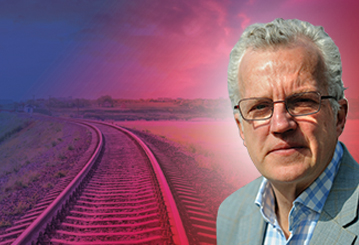

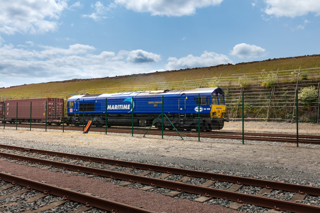
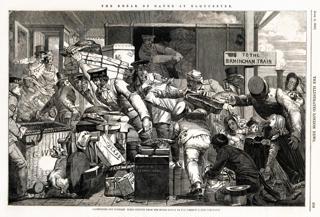
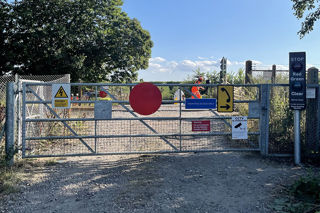
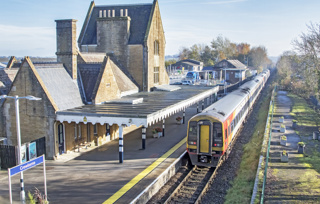
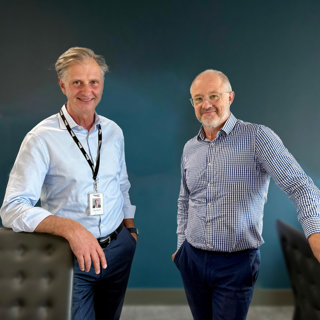

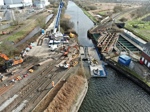









Login to comment
Comments
No comments have been made yet.